Our first journey in the Southeast, after flying from Istanbul to Urfa and spending a quiet village evening. The Turkish Tulip Trip travels to Mount Nemrut.
We set out early morning by van to traverse the Euphrates, taking a small ferry a short distance across the longest river in Western Asia, one of the two major rivers of Mesopotamia. The river’s name is a mixture of Greek borrowing from the old Persian, like many places and cultures in this region of historic hybrids.
Our excursion continued in search of remnants of past cultures, found where we cooled our feet under a massive 1,800-year-old Roman Cendere Bridge, constructed for Emperor Septimius Severus according to the Latin inscriptions. The winding road beyond climbed in altitude, circling north of an enormous dam, Turkey’s largest. The Southeastern Anatolia Project (Güneydoğu Anadolu Projesi, known by its acronym GAP) began in the 1970s. Dam projects in this region continue to dot the mountainous landscape, flooding villages and diverting water from anyone living south for more populous places in the west.
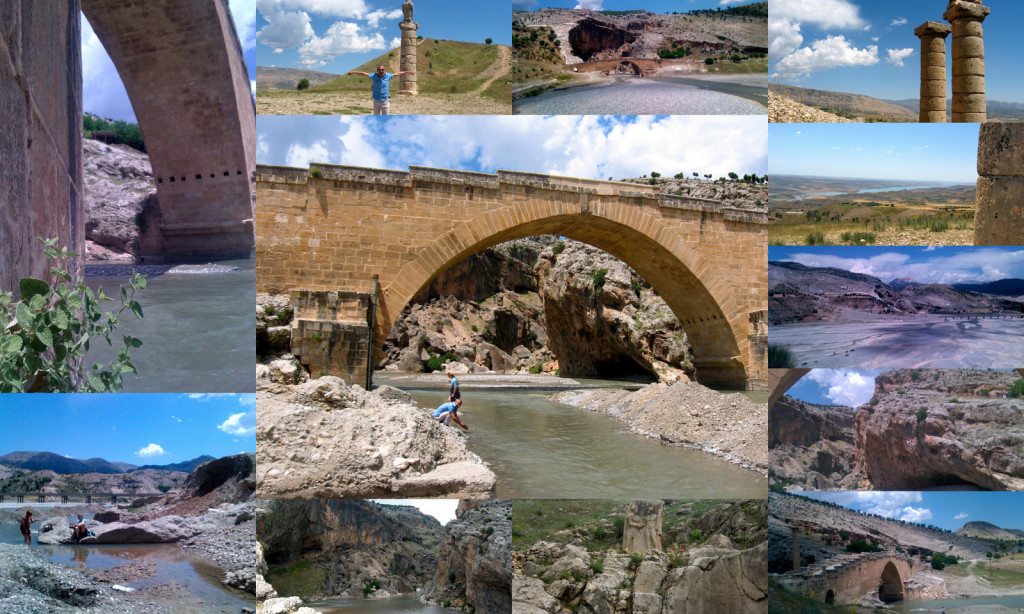
Crossing Roman bridges: 2nd Century Cendere Bridge built for Septimius Severus, plus the nearby Karakus Tumulus and Arsameia Stele.
Revealed next were odd appetizers of even more ancient history from the kingdom of Commagene, a cultural combination of Greek, Persian and Hittite elements founded north of Syria and the Euphrates after Alexander the Great’s empire crumbled. First, a stroll around the Karakuş Tumulus, a hilltop burial site for the royal women of the kingdom.
We then descended into a steep narrow ravine and climbed a short way by foot up a rainy trail to the Arsameia Stele. 1st Century BCE Arsameia had been the capital of the kingdom. Beyond a hillside cistern, Greek inscription and a memorial stele or slab depicting King Mithridates I in royal costume shaking hands with a naked Hercules, nothing remained of the royal city.
The long day’s journey continued, landscapes changing from rolling green meadows to sharp mountain peaks. The only reason the Commagene are known to more than historians today finally loomed on the horizon: Nemrut Mountain, our final destination. Though one side of the mountain had a brick paved road suitable for the small tourist vehicles that bring hearty trekkers between May and October when the mountain is not covered in snow, we approached from the back side up an increasingly steep and winding road covered in gravel left from the winter.
At the end of the road, we prepared for a fairly strenuous climb, donning jackets and scarves against a strong breeze and cool temperatures at high altitude. Workers were slowly laying travertine pavers on the trail that led to the top, while other parts of the path remained well packed earth bordered by wildflowers and loose stone. Meanwhile, belligerent and probably tired donkeys lumbered by, carrying those not wanting to make the 45-minute effort up under their own steam. Slowly, pausing to take in the vertigo-inducing views, we arrived at the Eastern Terrace.
From the notes for the documentary Throne of the Gods: “At 7,700 feet above sea level and containing a 150-foot high tumulus flanked by colossal statues, the Mount Nemrud sanctuary has become synonymous with absolute grandeur.”
The heads of Greek, Persian, Armenian and Hittite gods, along with the likeness of the ambitious Antiochus I (69–34 B.C.) himself, were carved from solid blocks of rock, some as heavy as 9 tons and reputedly brought up the mountain from a distant quarry, were lined up below the altar of bodies from which they’d tumbled. More orderly now than in our previous visits, when the statues could be climbed upon, we heard plans that they’ll be taken to a museum being built below, and replicas erected in their place. After surviving more than 2000 years on the isolated mountaintop, perhaps tourism is doing more damage in a shorter time.
Nevertheless, the interest of foreign visitors was the reason this huge Hellenistic era construction was unearthed, and daily visitors now are a recent phenomenon. In fact, our first visit in 1999 had us stopping to ask several times along the way, since no one knew what we meant when we asked about seeing the giant stone heads. Without the curiosity of German explorers a century ago, or even more, the courageous efforts of a woman from Brooklyn in the late 1940’s, Theresa Goell, who insisted on solving the mystery of the mountain, the monumental mausoleum of Commagene kings may well have remained elusive beyond 2 millennia, silent and windswept.
The Western Terrace revealed more gods – Apollo, Zeus, and Fortuna among them – scattered and illuminated by the setting sun. Most remarkable was what lies between the two Terraces: a 1500 foot high pile of small stones creating an artificial mountaintop, presumably covering the vault where the remains of Antiochus I and perhaps other royalty were laid to rest. Though the entrance has been discovered, the small stones cannot be disturbed without causing a precarious landslide. An ingenious way to make sure a tomb’s riches are never removed and tantalizing to consider what may be inside.
Like the pyramids in Egypt or the Great Wall of China, built at the obvious expense of thousands of laborers’ lives to command respect and show power, Nemrut is well worth a visit. Not just to see evidence of massive human endeavor but to experience the hubris required, stone by stone, for such attempts at self-deification. Few will remember anything about the particular men who built these monuments, but rather marvel at the effort of the common people who made them.
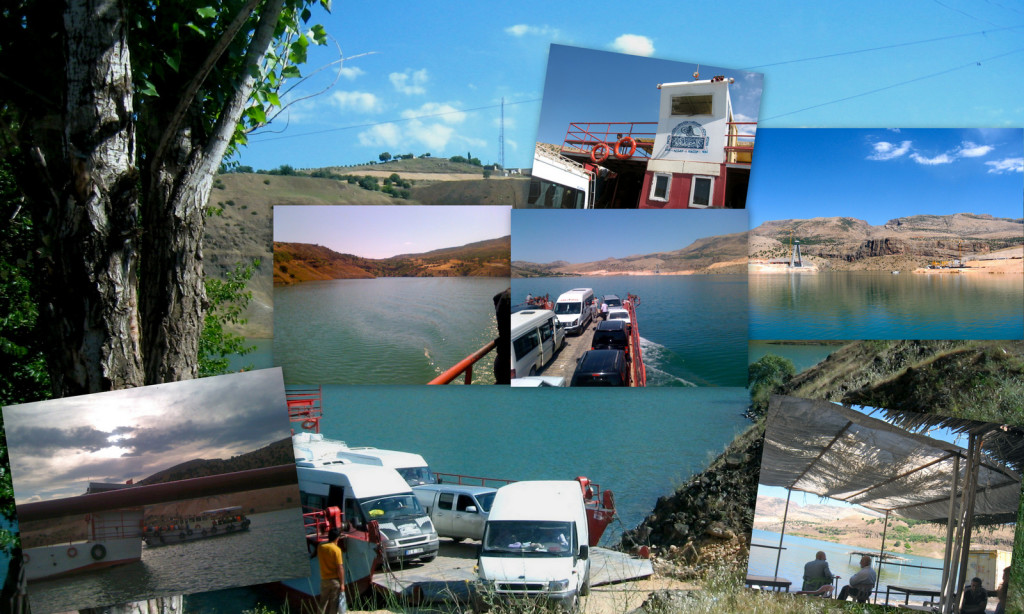
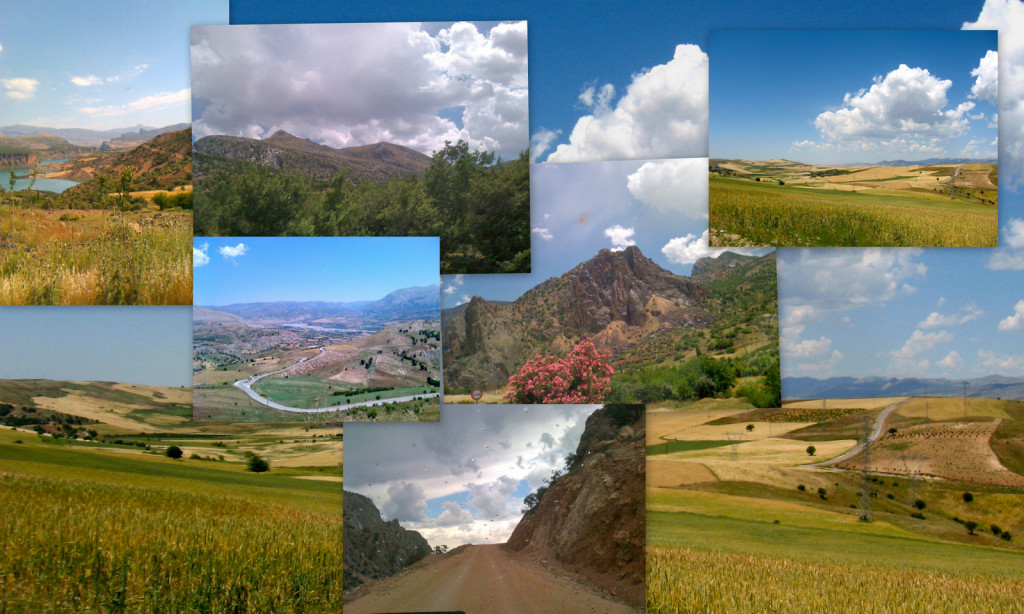
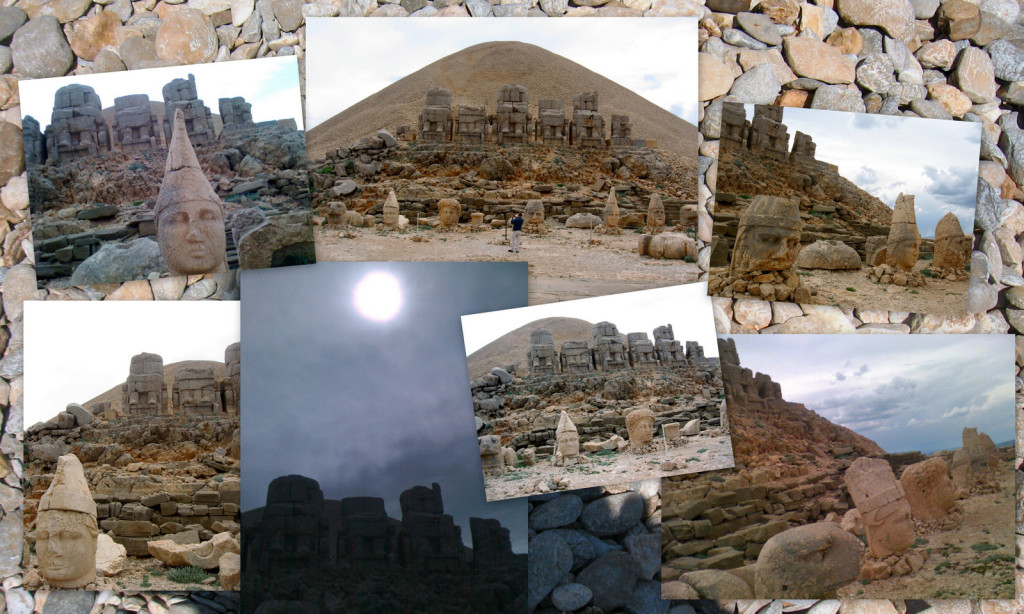
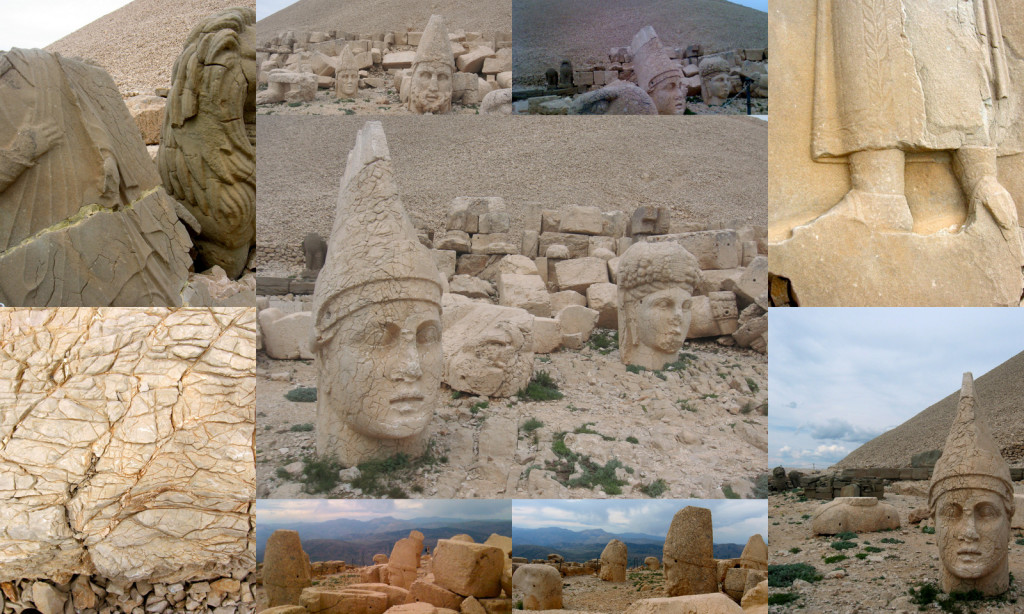
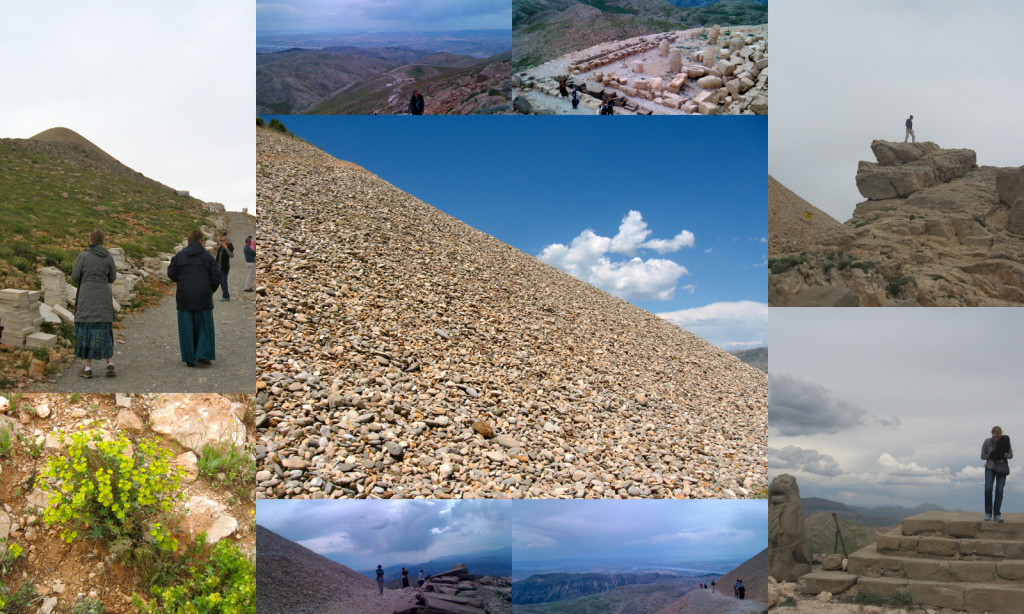
One of the major disappointments when I was crossing Turkey years ago, is that I didn’t get a chance to see Nemrut Dagi
Perhaps it’s time to return, John! One favorite pic we took was this one